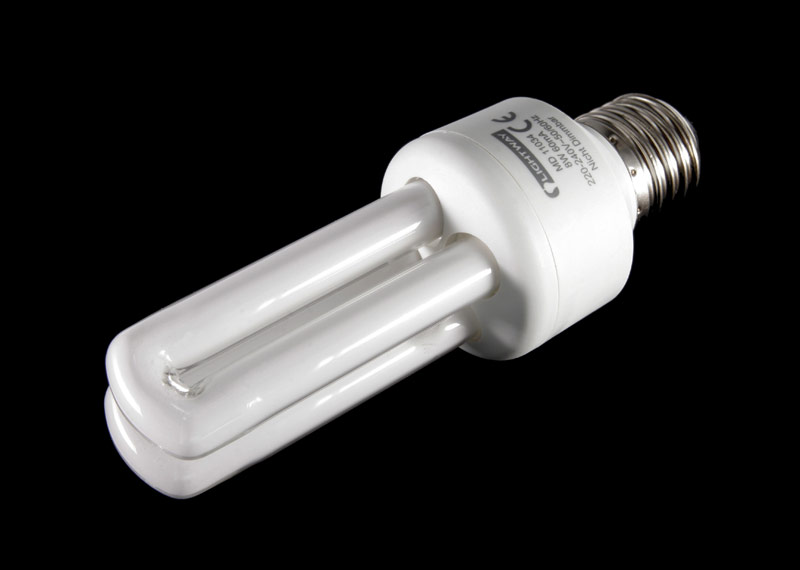You will find four groups of bulbs for growing plants indoors. Each one can emit the correct visible light for growing. These lights are: incandescent, LED, High Pressure Sodium, CFL lights.
Incandescent are less efficient and I wouldn’t recommend for growing plants indoors.
CFL bulbs were originally invited in the 1920’s they have 8-15times longer lifespan. CFL lights have energy efficiency of 7-10%. Most CFL lights don’t create a lot of heat meaning you can have the bulb close to the plant to maximise efficiency. These are the cheapest of the light ranges available.
High Pressure sodium lights were invented 1950’s
They are more flexible of producing higher volumes of wavelengths that the plants can use. They produce more energy and in-turn cost more to run. You don’t need to have the lights as close to the plants as you do with CFL lights. This makes them better for growing taller plants, for example tomatoes; however with CFL lights you can raise the lighting fixture to suit.
High pressure sodium lights may not be suitable for indoor growing unless you have a specifically designed tent with ventilation, as these lights produce large amounts of heat. These lights cost more and have a lesser lifespan than the other types of bulbs.
LED type growing lights
These lights were designed in the 1900’s but colour temperature and wave lengths were not suitable for growing until the 21st century. These are a popular choice for growing indoors. They are the most efficient light out of the four. CFL’s have an energy efficiency of 10% LED’s have up to 21% efficiency. Phillips recently reported an LED bulb with an energy efficiency of 67%.
LED lights, unlike the others, can exactly match the correct light needed for photosynthesis.
A majority of the plants grown indoors use red diodes and you can buy units that have red, white and blue diodes. The red colour range is suitable for the flowering and fruit stages, while the blue and white are used for vegetative growth.
The initial costs of an LED setup are more than any other type of light, however with LED lights you will make you a saving in energy and cost the long term. LED lights you find in general shops are not suitable for growing as they do not have the correct colour ranges.
Colour Temperature explanation
Colour wavelength is measured in Kelvins and for and for growing you will need bulbs in the Blue and Red spectrums. The Blue (6500K) is best for vegetative growth while the Red (2500-3000K) is best for the flowing stages (if needed). A bulb with a higher Wattage is required for better growth.
Why CFL lights are my favourite type of growing lights?
CFL bulbs are cheaper to buy they produce hardly any heat which means they use less power to run. We have more control over when we turn on and off the lights which in-turn saves power. The unit setup is cheaper to buy and CFL’s work great with low energy plants and seedlings making them ideal for winter or specialist growing.
Read more on which CFL lights are best for vegetative growth.
We hope this has cleared things up on the ever changing growing technologies.
